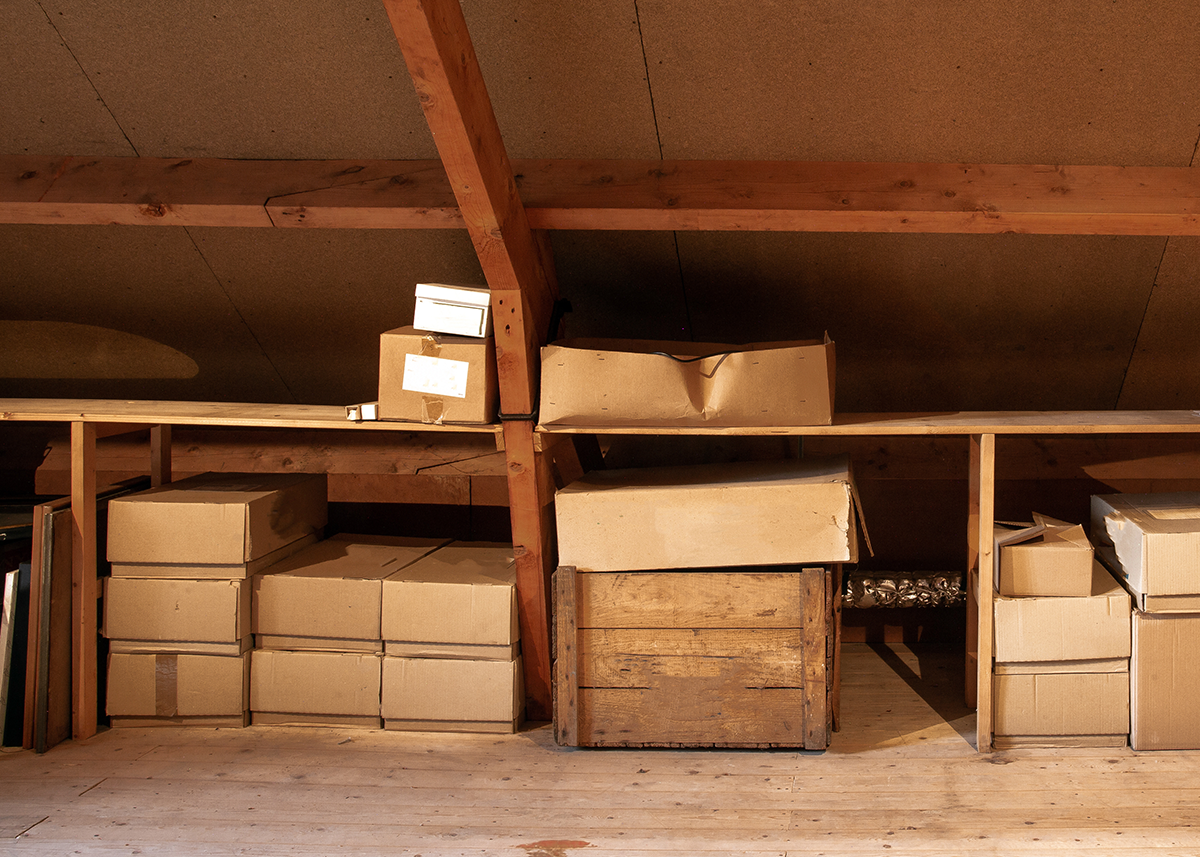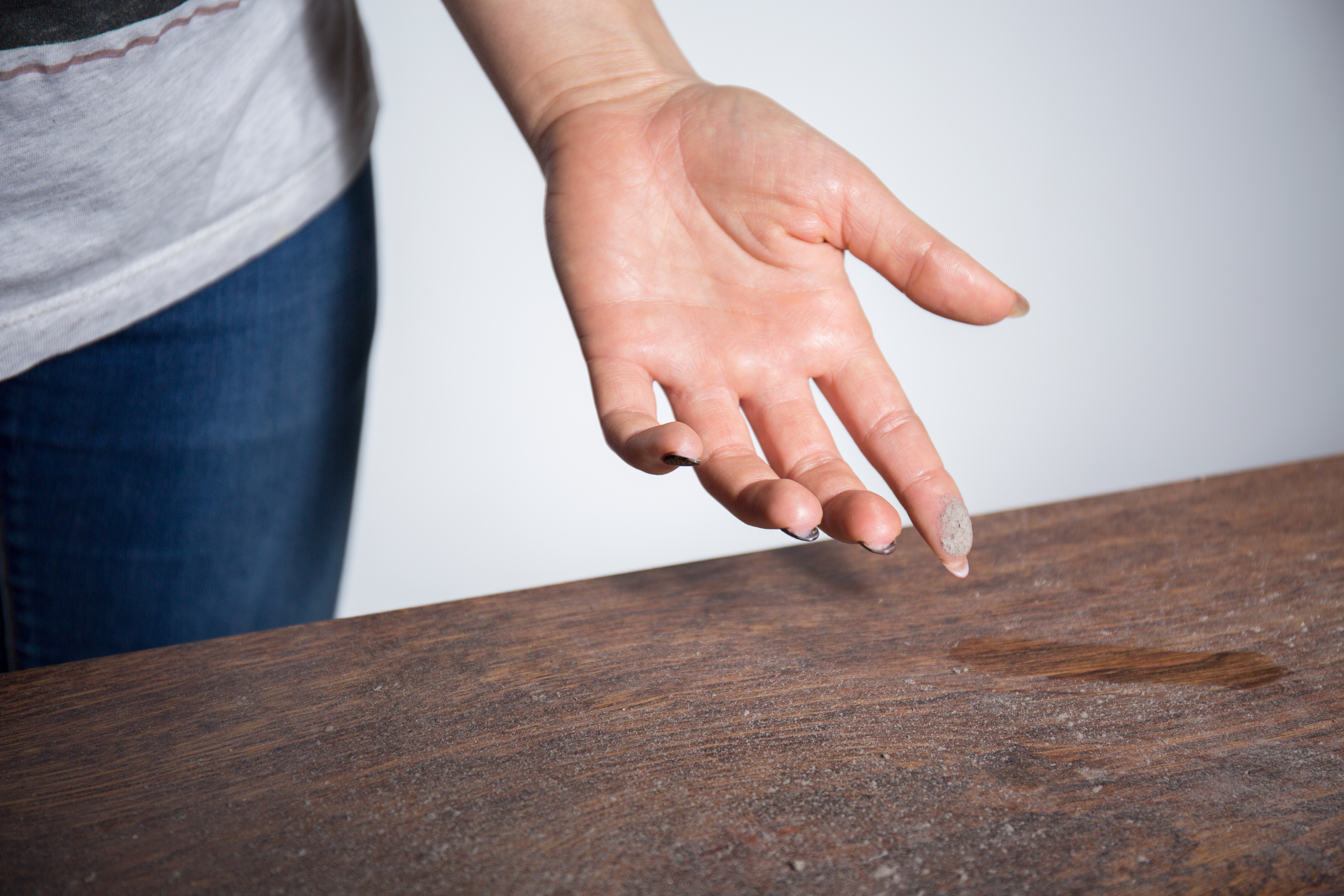
If you have a basement, you may notice that it has a musty smell. In combination with low light, reduced fresh air, and consistent temperatures, basements can begin to smell musty for a variety of reasons. However, basement odor is something important to inspect in order to distinguish potentially dangerous mold growth from other causes.
Here’s what you should be aware of when identifying the cause of basement odor.
Causes of Basement Odors
Mold or Mildew
Both mold and mildew are the usual culprits for a musty basement smell. Both can cause uncomfortable and sometimes dangerous side effects in people if air from the basement is able to circulate throughout the house, and should be dealt with to prevent further growth and damage to your home.
Other Causes of Odor
-
Damp Material: Material including drywall, fiberglass, rockwool, and wood can cause an odor when damp.
-
Sewage: Sewage problems can contribute to unpleasant odors since sewer lines generally run through the basement to exit a home.
-
Iron Ochre/Bacteria: Iron ochre will appear as mud and can contribute to a foul odor.
Eliminating Basement Odor
Mold and Mildew: When eliminating basement odor, address mold and/or mildew growth first. Be sure to take necessary precautions if dealing with mold by wearing gloves, masks, and eye protection. However, it is always best to hire a professional to inspect and thoroughly remove mold growth.
Dry Your Basement: Make your basement as dry as possible by examining the walls and ground for cracks where moisture can enter. If there are any damp or wet materials, dry them out as quickly as possible. Be sure that any windows are sealed, and create a slope of soil next to your home so that water is swept away from the perimeter. If you are unable to adequately dry your basement, hire a professional for help.
Inspect for Pipe Leaks: Inspect any pipes that run through your basement for leaks. For hidden pipes that are located in your basement’s ceiling, look for discoloration in the drywall. However, it’s best to hire a plumber to check for leaks that cannot be seen.
Remove Iron Ochre: If you notice Iron Ochre growth, wear waterproof gloves and use a putty knife to scrape away the material. Once cleaned, apply rust remover. While you may not be able to remove the color stains left behind, the Iron Ochre will be gone.








